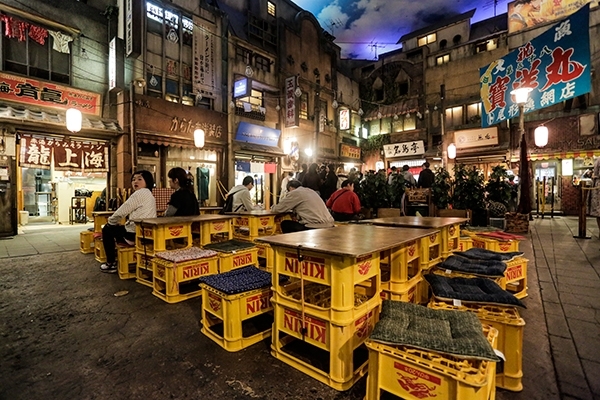
21 Jul Noodle Slurping at the Shin-Yokohama Raumen Museum
A night market that’s filled with steaming bowls of soup, plastic crates as chairs and the hum of energetic patrons swirling through the air. Small, back alleys are dotted with shops and restaurants have lines out the doors. It’s everything you would hope to find while exploring an invigorating street market, except it’s not. The clock reads 11:30 a.m. and you are inside. “How is this possible?” you may wonder as you are transported back in time to a scene straight from the late 1950’s. It just so happens to be a museum in Yokohama, Japan. The Shin-Yokohama Raumen Museum, in fact.

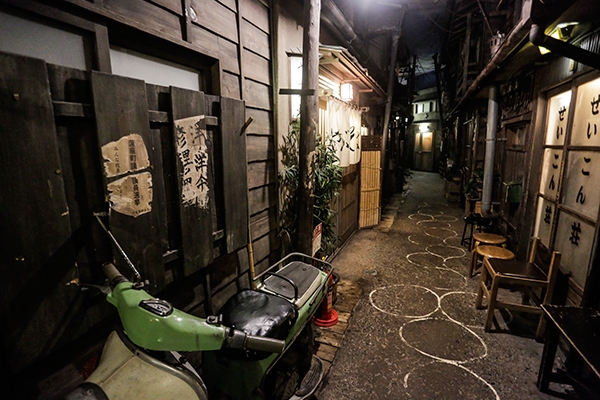
Filled with ramen varieties that hail from every corner of Japan, the museum is home to some delicious bowls of soup. This ramen filled museum is said to be the “world’s first food-themed amusement park”, and it started with the goal to be a one-stop shop to enjoy Japan’s renowned ramen shops without ever having to board a plane. The nine ramen shops inside of the museum are outlets of popular shops from around the country, and they have recently included a few international shops into the mix, as well. The interior’s design is a replica of a 1958 street-scape in Japan, which also happens to be the year that instant ramen was invented.
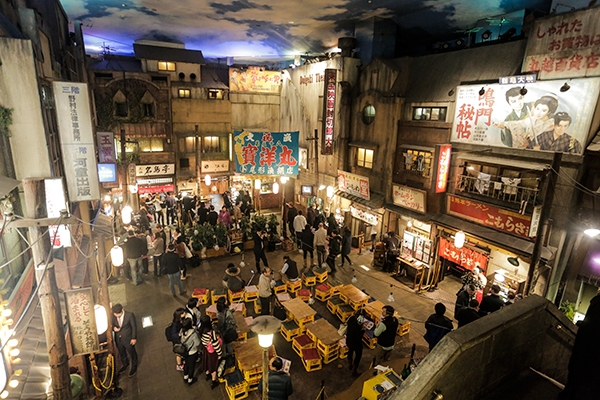
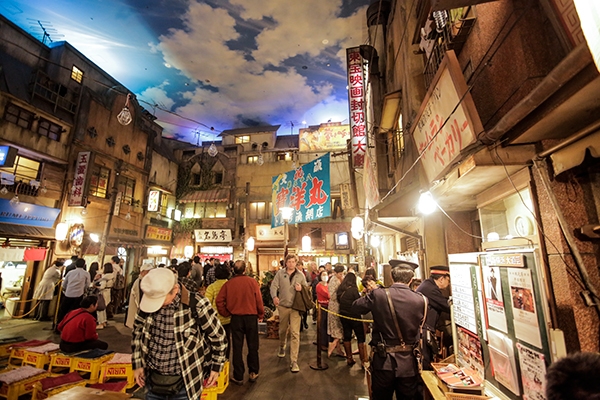
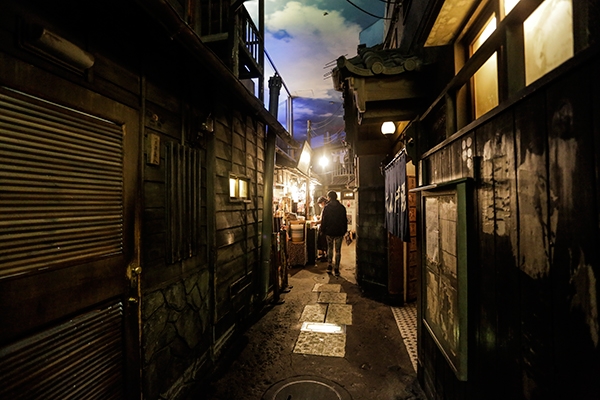
The environment, the culture and the food differences throughout Japan, has created over 30 distinct regional ramen varieties throughout the country, and the noodles, broth and toppings vary with each variety depending on the region you are in. For example, although the noodles are primarily made with the same ingredients, they can be thick, thin, wavy, or straight and the percentage of water used to make the noodles plays a large part in how the end product turns out. Broth is a bit more of a free for all, and one of the largest differences you will notice when sampling different varieties of ramen. The toppings are also an integral part of ramen, and while there are no specific rules in what should go on a bowl of ramen, the most common toppings are pork, bamboo shoots, green onion, an egg and nori.
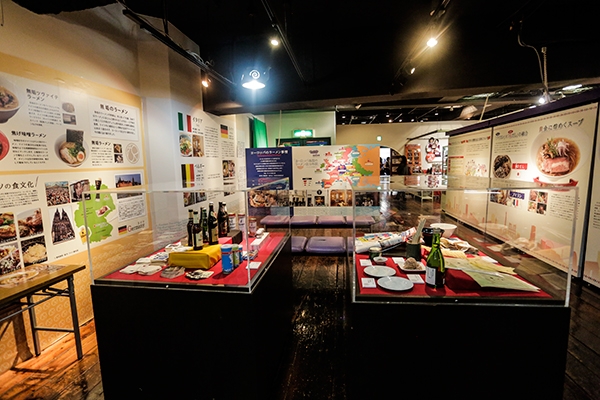
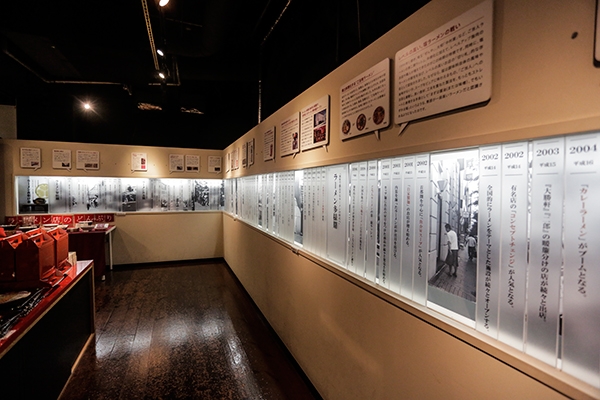
While the museum doesn’t go into much history or formal details on what ramen is or where it came from (at least not in Engligh), in addition to the nine ramen shops, it does have a souvenir shop, old fashioned sweet shops, a snack shop with drinks and soda, and a slot-car race track which was extremely popular in the 1960’s.
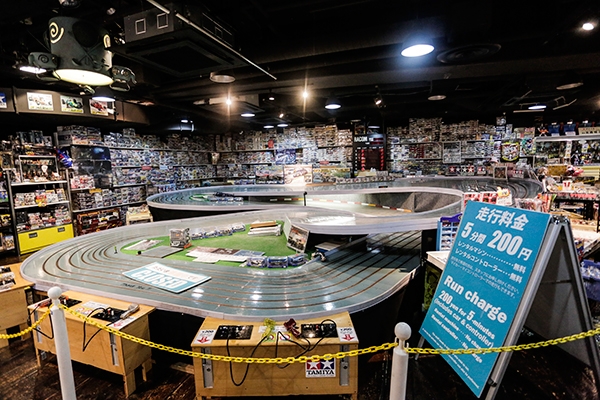
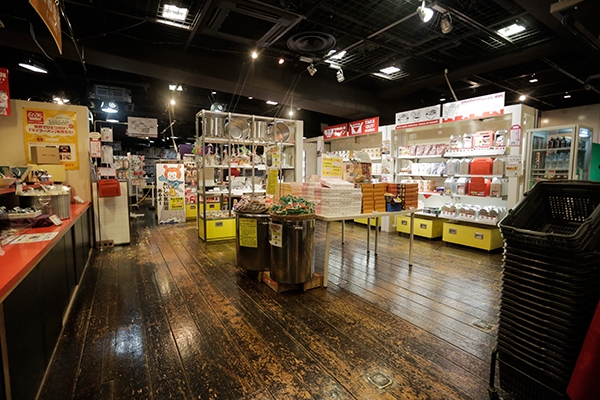
The nine ramen stalls are located throughout two stories of old-timey nostalgia, and thankfully, the English brochures describe what’s unique about the soup at each location. To order a bowl, pick a restaurant and hop in line. Soup tickets are purchased from machines located outside of each shop, and most have the option to order a half bowl, which is a nice option if you want to sample multiple varieties. Fair warning: even the half size portion is quite large. As much as I wanted to try all nine varieties, I was only able to try two—two half bowls was all I could manage to slurp up for one day.
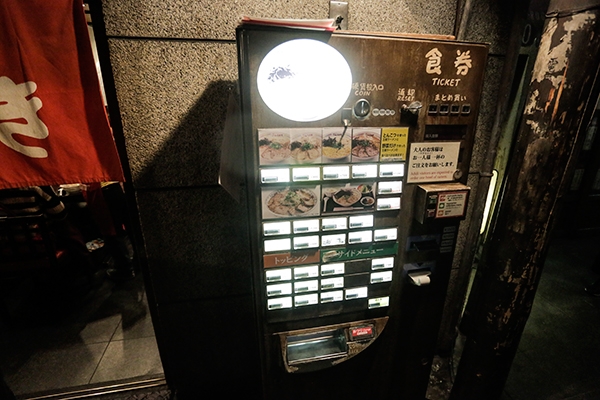
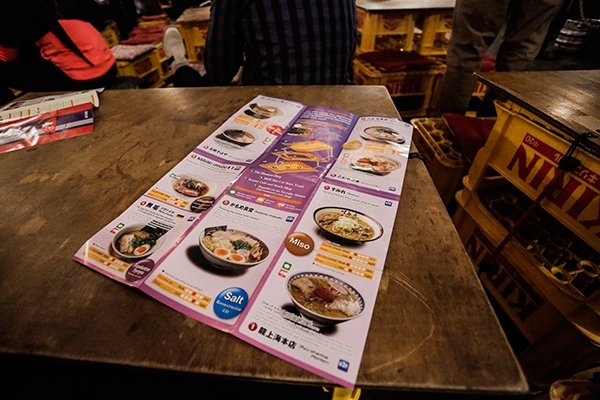
When we arrived at 11:30 in the morning, lines were already starting to form outside of every shop, so we decided to hop in line right away. Our first pick was Komurasaki, which serves tonkotsu pork bone ramen. We had fallen in love with totnkotsu style (pork bone) ramen from our visits to Ichiran Ramen and the adorable little shop right outside our hotel in Tokyo, so we couldn’t pass up the chance to try another variety of our favorite soup style. It may have also been the shop they visit in the movie Ramen Girl, so I couldn’t resist. Side note, I might just be a bit obsessed with visiting spots where some of my favorite movies were filmed, and that may have been what inspired me to visit the entire museum in the first place! But, I am so glad we came here because it was definitely different than the other bowls we had, and it was delicious. I really loved the roasted garlic crumbles that were sprinkled on top, but Micah wasn’t so sure about the crunchy texture that they added.
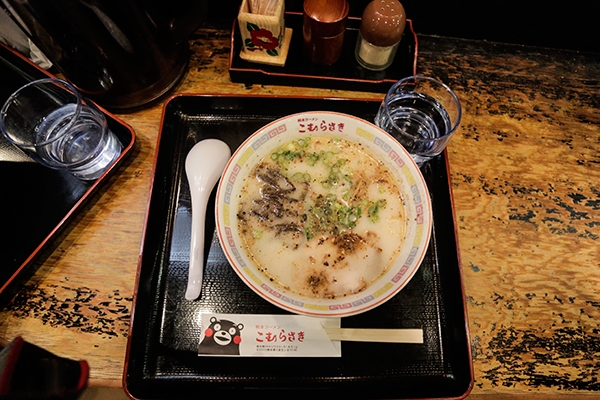
For my second bowl, I hopped over to Sumire to try what is said to be the “most famous miso ramen shop in Japan”. How could I skip that, right? The brochure says you’ll never forget a spoonful of this soup as it is so rich and delectable, and wow, were they right. I can still taste the creamy, rich broth as if I just had a giant spoonful a minute ago, and although I think I still prefer Tonkotsu style ramen, this bowl of Miso ramen left me with a memory so delicious that it truly will never leave my mind. Micah wasn’t feeling the best, so he called it quits after one bowl, and I’m so sad he didn’t get to try this one!
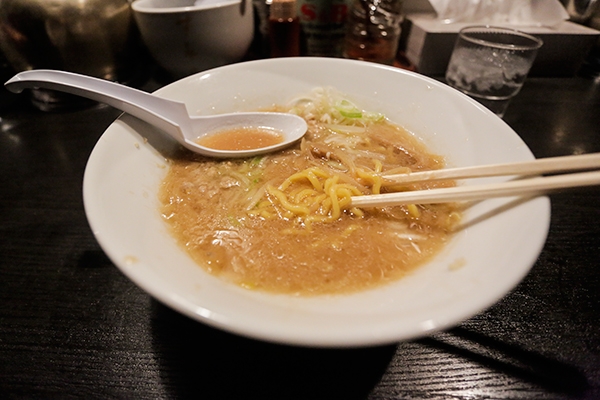
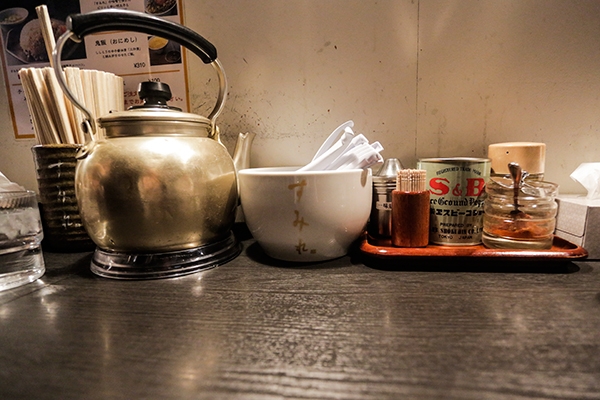
After soaking up all the retro vibes of the street scene, we made our way to watch the slot car racing and to browse the gift shop. I was tempted to buy a whole slew of ramen gear, from ingredients to cooking tools, but as usual, no room in my small suitcase stopped me from doing so.
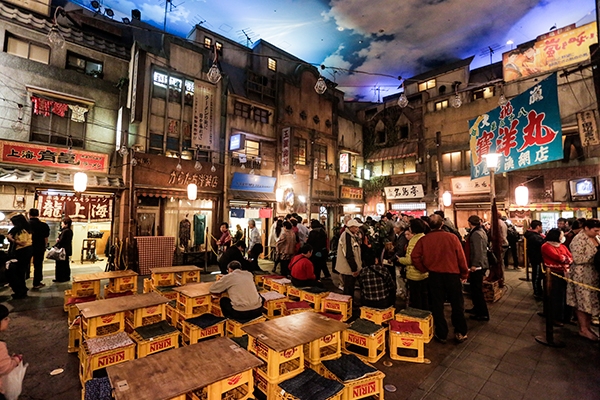
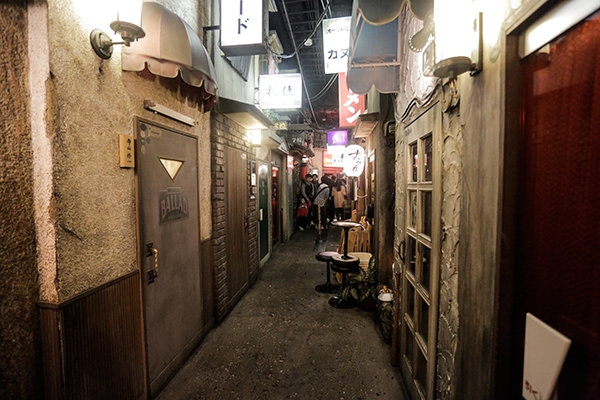
Admission to the museum is 310 yen per adult, and same day re-entry is permitted, which is nice if you want to take a break and then go back to sample more soup. I also noticed an annual pass, which would be a great option if you are in the area for a longer period of time and have a favorite shop inside. The museum is a short walk from the Shinyokohama Raumen Museum Station, and if you have a JR Pass (like we did), it’s a short 30 or so minute ride from Tokyo on the bullet trains.
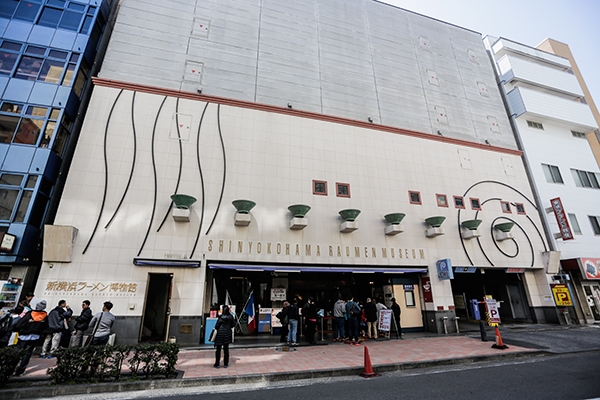
Although I wish there was more of an actual museum inside (especially with the admission price), I am so glad we ventured to Yokohama for a stop at the Shin-Yokohama Raumen Museum. I love being transported to an era of bygone days and the delicious taste of one of my favorite meals only adds to the charm.
Have you ever been to the Shin-Yokohama Raumen Museum or any other food-themed amusement park?

